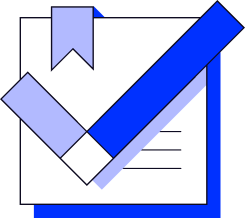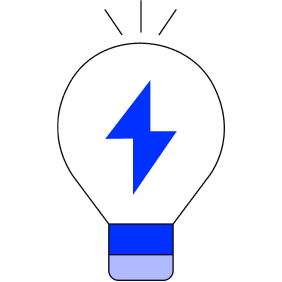Lösung
Nach Branche
Nach Abteilung

Intelligent Process Automation (IPA) is an advanced form of technology that orchestrates the creation, deployment, and management of smart bots designed to mimic human activities within digital interfaces. These bots can astutely perform tasks such as extracting customer information from a database and using it to generate invoices. They are capable of interpreting on-screen data, executing accurate keystrokes, seamlessly navigating through diverse systems, and extracting relevant data. An added layer of sophistication allows these bots to learn from previous tasks, adapt to changes in process, and even handle unstructured data, proving their robustness in handling a vast array of complex digital tasks.
RPA optimiert Ihre Geschäftsabläufe und bietet viele Vorteile. Es macht Ihre Arbeit effizienter und genauer.













RPA revolutioniert verschiedene Branchen und Arbeitsplätze aufgrund ihrer Vielseitigkeit und Anpassungsfähigkeit. Im Finanzsektor wird RPA für Aufgaben wie Kreditverarbeitung, Betrugserkennung und Compliance-Berichterstattung eingesetzt. In der Gesundheitsbranche nutzt man sie für das Management von Patientenakten, Terminplanung und Abrechnung. In der Fertigung optimiert RPA Bestandsmanagement und Betriebsabläufe in der Lieferkette. Im Gastgewerbe revolutioniert sie die Reservierungsverwaltung, Gästedienste und Veranstaltungsplanung. Im IT-Bereich kommt RPA bei Aufgaben wie Systemwartung und Berichterstellung zum Einsatz. Selbst im öffentlichen Sektor erfreut sich die Software großer Beliebtheit. Hier vereinfacht RPA die Dateneingabe und -verwaltung, Antragsbearbeitung und administrative Aufgaben und zeigt damit das enorme Potenzial dieser Technologie.
















Robotic Process Automation (RPA) greatly benefits from advancements in Artificial Intelligence (AI). While RPA is excellent at following rules-based processes, AI provides the capability for RPA bots to learn, adapt, and make decisions, enhancing their functionality. AI-powered cognitive capabilities like Natural Language Processing (NLP), Machine Learning (ML), and Computer Vision enable bots to understand and respond to text or voice commands, learn from historical data, and recognize images, respectively. For instance, in customer service, AI-powered RPA can analyze customer sentiments in real-time, allowing bots to handle customer complaints and queries more effectively, delivering personalized responses and improving overall customer experience.
